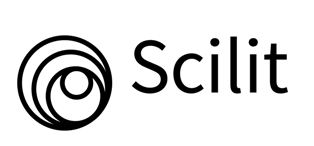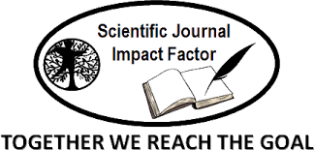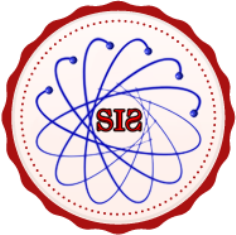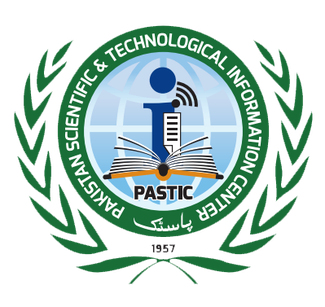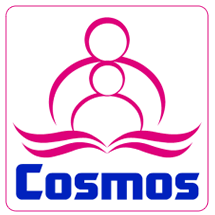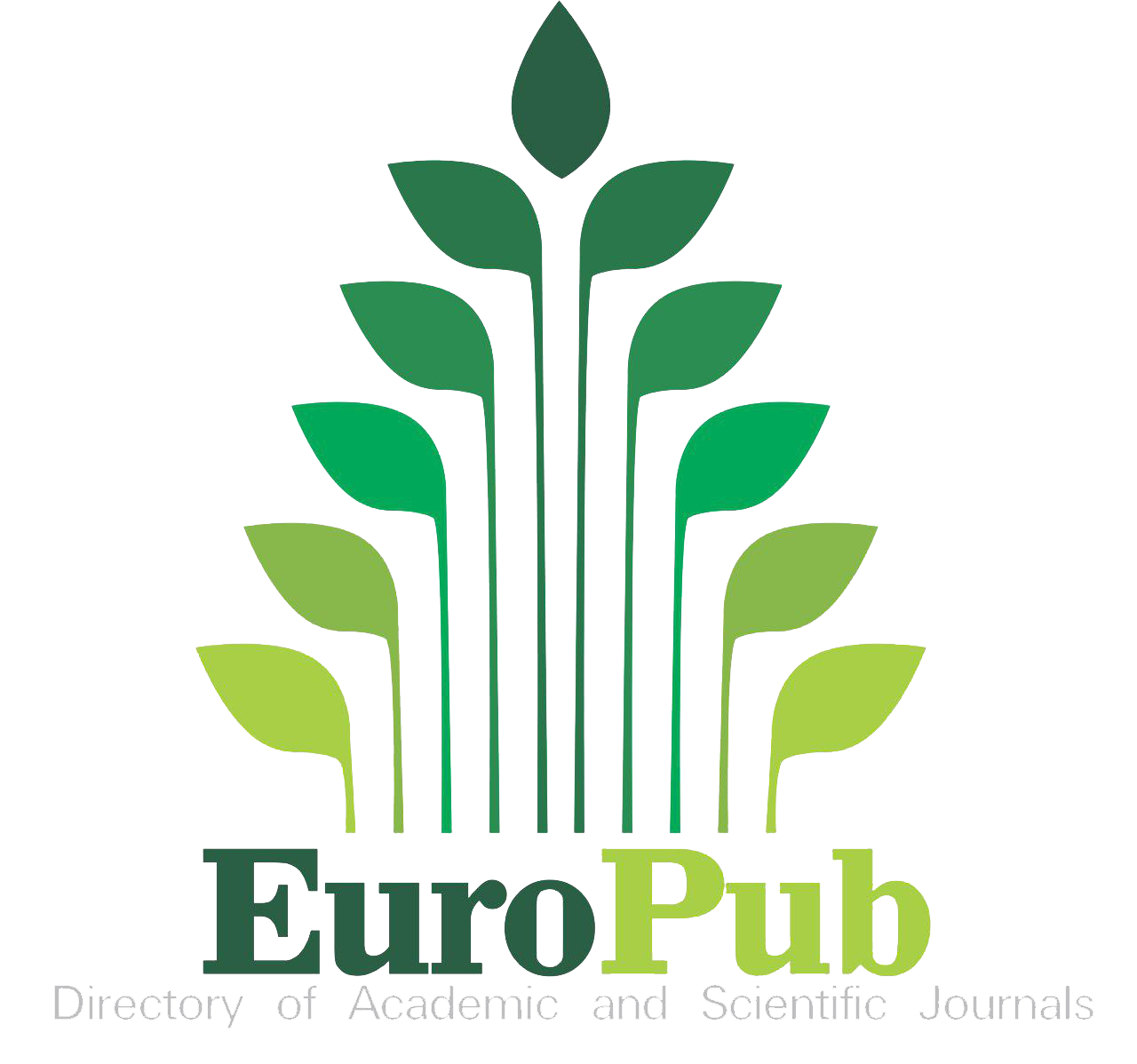Cysteine-Coated Cadmium Sulfide Nanoparticles Conjugated with Curcumin for Antimicrobial Activity
Keywords:
Cadmium Sulfide Nanoparticles, Cysteine Coating, Curcumin Conjugation, Escherichia coli(E-Coli) Inhibition, Antibacterial ActivityAbstract
Nanoparticles have several applications in drug delivery. Attaching therapeutics to specially designed carriers enables precise delivery to specific cells. Nanostructures have unique physicochemical and biological features, such as an increased reactive surface area and the ability to pass through tissues and cell walls due to their small size, making them a promising material for biomedical applications. Cysteine-coated cadmium sulfide nanoparticles were prepared using a wet process at high pressure and temperature, followed by curcumin conjugation. The antioxidant, anticarcinogenic, and anti-inflammatory properties of curcumin are well acknowledged. Cadmium sulfide nanoparticles are of extremely good semiconducting material that shows fluorescence at a particular wavelength in spectrophotometric analysis. X-ray diffraction (XRD) of the nanocomposite was conducted to verify the crystalline nature of nanoparticles and to find the average crystallite size of cadmium sulfide nanoparticles. The Fourier-transform infrared spectroscopy (FTIR) confirmed the conjugation of cysteine with CdS and curcumin. Antibacterial activity of the synthesized material against Escherichia coli (E. coli) cells was assessed at different concentrations. The antibacterial activity of conjugated cadmium sulfide nanoparticles against E. coli bacteria was examined using the well diffusion method. The results showed that cadmium sulfide nanoparticles coated with cysteine and conjugated with curcumin had better cytotoxicity against bacterial infections caused by E. coli bacteria.
References
P. Satalkar, B. S. Elger, and D. M. Shaw, “Defining Nano, Nanotechnology and Nanomedicine: Why Should It Matter?,” Sci. Eng. Ethics, vol. 22, no. 5, pp. 1255–1276, Oct. 2016, doi: 10.1007/S11948-015-9705-6/METRICS.
S. R. Afreen Sultana, Mina Zare, Vinoy Thomas, T.S. Sampath Kumar, “Nano-based drug delivery systems: Conventional drug delivery routes, recent developments and future prospects,” Med. Drug Discov., vol. 15, p. 100134, 2022, doi: https://doi.org/10.1016/j.medidd.2022.100134.
N. A. P. & R. L. Michael J. Mitchell, Margaret M. Billingsley, Rebecca M. Haley, Marissa E. Wechsler, “Engineering precision nanoparticles for drug delivery,” Nat. Rev. Drug Discov., vol. 20, pp. 101–124, 2021, doi: https://doi.org/10.1038/s41573-020-0090-8.
R. C.-P. Casandra Pesado-Gómez, Juan S. Serrano-García, Andrés Amaya-Flórez, Gustavo Pesado-Gómez, Anell Soto-Contreras, David Morales-Morales, “Fullerenes: Historical background, novel biological activities versus possible health risks,” Coord. Chem. Rev., vol. 501, p. 215550, 2024, doi: https://doi.org/10.1016/j.ccr.2023.215550.
Q. A. Zhou, Kevin J. Hughes, Kavita A. Iyer, Robert E. Bird, Julian Ivanov, Saswata Banerjee, Gilles Georges, “Review of Carbon Nanotube Research and Development: Materials and Emerging Applications,” ACS Appl. Nano Mater., vol. 7, no. 16, 2024, [Online]. Available: https://pubs.acs.org/doi/10.1021/acsanm.4c02721
P. P. Gaurav Tiwari, Ruchi Tiwari, Birendra Sriwastawa, L Bhati, S Pandey, “Drug Delivery Systems: An Updated Review,” Int. J. Pharm. Investig., vol. 2, no. 1, pp. 2–11, 2012, doi: 10.4103/2230-973X.96920.
A. Z. Wang, R. Langer, and O. C. Farokhzad, “Nanoparticle delivery of cancer drugs,” Annu. Rev. Med., vol. 63, no. Volume 63, 2012, pp. 185–198, Feb. 2012, doi: 10.1146/ANNUREV-MED-040210-162544/CITE/REFWORKS.
S. R. Shivakalyani Adepu, “Controlled Drug Delivery Systems: Current Status and Future Directions,” Molecules, vol. 26, no. 19, p. 5905, 2021, doi: https://doi.org/10.3390/molecules26195905.
Fatemeh Salahpour Anarjan, “Active targeting drug delivery nanocarriers: Ligands,” Nano-Structures & Nano-Objects, vol. 19, p. 100370, 2019, [Online]. Available: https://www.sciencedirect.com/science/article/abs/pii/S2352507X19302926?via%3Dihub
I. H. Hadi, K. S. Khashan, and D. Sulaiman, “Cadmium sulphide (CdS) nanoparticles: Preparation and characterization,” Mater. proceeding, vol. 42, no. 5, pp. 3054–3056, 2021, doi: https://doi.org/10.1016/j.matpr.2020.12.828.
M.-A. S. Alireza Ghasempour, Hamideh Dehghan, Mehrnaz Ataee, Bozhi Chen, Zeqiang Zhao, Mahsa Sedighi, Xindong Guo, “Cadmium Sulfide Nanoparticles: Preparation, Characterization, and Biomedical Applications,” Molecules, vol. 28, no. 9, p. 3857, 2023, doi: https://doi.org/10.3390/molecules28093857.
H. S. Haider Iqbal , Ayesha Saleem, Yusra Iqbal, Muhammad Tehseen Hussain, Samreen Tahir, “Analysis of folate and curcumin-conjugated cadmium sulfide cystein quantum dots for targeted cancer therapy,” Pak J Pharm Sci, pp. 659–663, 2023, [Online]. Available: https://pubmed.ncbi.nlm.nih.gov/37548206/
D. P. F. A. G. G. M. D. G. T. L. L. R. A. D. L. L. Laino, “Biological and therapeutic activities, and anticancer properties of curcumin (Review),” Exp. Ther. Med., pp. 615–1623, 2015, doi: https://doi.org/10.3892/etm.2015.2749.
M. A. T. Leong Chean Ring, Tong Woei Yenn, Tan Wen-Nee, Najua Delaila Tumin, Fahmi Asyadi Md Yusof, Lily Suhaila Yacob, Muhammad Ikmal Hakimi bin Rosli, “Synthesis of curcumin quantum dots and their antimicrobial activity on necrotizing fasciitis causing bacteria,” Mater. proceeding, vol. 31, no. 1, pp. 31–35, 2020, doi: https://doi.org/10.1016/j.matpr.2020.01.082.
S. K. G. Amrit Regmi, Yamlal Basnet, Sitaram Bhattarai, “Cadmium Sulfide Nanoparticles: Synthesis, Characterization, and Antimicrobial Study,” J. Nanomater., 2023, doi: https://doi.org/10.1155/2023/8187000.
R. J. L. Saravanan, A. Pandurangan, “Synthesis and luminescence enhancement of Cerium doped CdS nanoparticles,” Mater. Lett., vol. 66, no. 1, pp. 343–345, 2012, doi: https://doi.org/10.1016/j.matlet.2011.09.006.
X. P. N. and J. S. P. Thi Thu Trang Mai, Thi Thu Thuy Nguyen, Quang Duong Le, Thi Ngoan Nguyen, Thi Cham Ba, Hai Binh Nguyen, Thi Bich Hoa Phan, Dai Lam Tran, “A novel nanofiber Cur-loaded polylactic acid constructed by electrospinning,” Adv. Nat. Sci. Nanosci. Nanotechnol., vol. 3, no. 2, p. 025014, 2012, doi: 10.1088/2043-6262/3/2/025014.
S. W. J. Alireza Khataee, Aliyeh Hasanzadeh, Mortaza Iranifam, “A novel flow-injection chemiluminescence method for determination of baclofen using l-cysteine capped CdS quantum dots,” Sensors Actuators B Chem., vol. 215, pp. 272–282, 2015, doi: https://doi.org/10.1016/j.snb.2015.03.066.
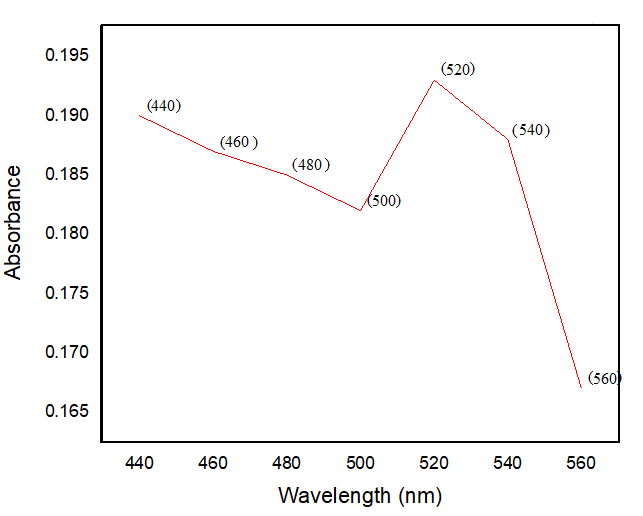
Downloads
Published
How to Cite
Issue
Section
License
Copyright (c) 2025 50sea

This work is licensed under a Creative Commons Attribution 4.0 International License.





